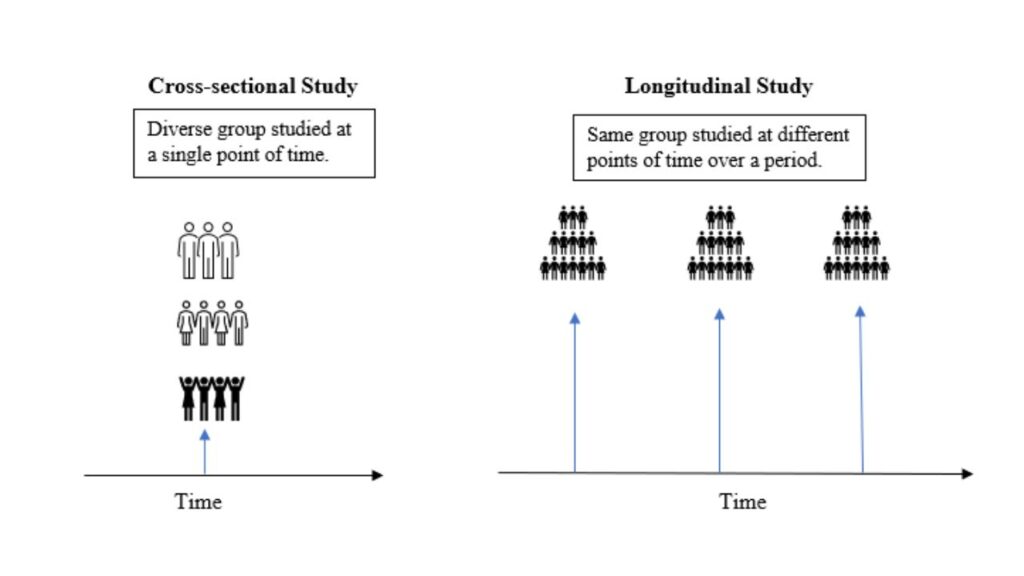Sustaining Biomedical Research: Support That Makes Science Possible

As much as we’d like to believe it, not all medical discoveries happen in a flash of genius. It would certainly be more dramatic and make for a great plot. But in reality, most breakthroughs come from years of work by dedicated researchers (and yes, they still make for great stories). What’s just as essential as the work itself is the system that makes it possible. Behind every long-term scientific advance is a support system that funds and supports critical innovations.
National biomedical research agencies like the National Institutes of Health (NIH) in the U.S., the National Institute for Health and Care Research (NIHR) in the UK, and their global counterparts are crucial to sustaining the environments in which biomedical research can thrive. They support far more than just individual studies, they fund the people, infrastructure, offering long-term stability needed to turn great research ideas into impact. These agencies often remain in the background, but they’re essential. And like all foundational systems, their strength depends on consistent support. Here, we’re reflecting on why these institutions matter and why their continued investment is a shared responsibility.
Why these institutions deserve continued support
Even the most brilliant ideas need support systems to grow. That’s where national research agencies come in. They don’t just fund science; they provide the structure, resources, and continuity that help it move forward. And to really understand why they matter, it helps to look under the hood at what they actually do.
- Supporting long-term studies, which require continued funding. For instance, studies on chronic disease prevention often track participants over decades to yield significant insights.
- Playing a critical role in nurturing the next generation of scientists, strengthening research capacity, and building research infrastructure.
- Ensuring rapid response to public health emergencies by swiftly mobilizing resources during health crises to enable timely and effective solutions.
- Promoting global health equity by addressing health disparities. For instance, by developing new health technologies targeting diseases prevalent in low- and middle-income countries.
- Catalyzing economic growth and innovation. Investments in health research generate significant long-term economic returns, support job creation, and industry development.
While they offer and issue much-needed grants, they also help sustain critical studies, including clinical trial networks and cohort studies, build national biobanks and data infrastructure, and invest in early-career researchers. They make sure biomedical science has the breathing room to ask long-term questions, and the support to turn answers into action.
A story of steady progress
Let’s rewind to 2020, the year when a vaccine showed up faster than most people expected or understood. One day we were wiping down groceries, and the next, shots were going into arms. But behind that ‘overnight success’ was decades of research, And the NIH played a critical but mostly behind-the-scenes role in making the COVID-19 mRNA vaccines possible. For decades, it funded and conducted research into how mRNA works, how viruses infect cells, and how vaccines can be designed to stop them. While the work wasn’t aimed at COVID-19, it laid the scientific foundation that made a fast response possible. NIH scientists helped discover how to stabilize viral proteins like the coronavirus spike, a key part of the vaccine design. They also supported the development of lipid nanoparticles, which are tiny fat bubbles that safely deliver mRNA into cells. Years before the pandemic, the NIH was already collaborating with Moderna on general mRNA vaccine platforms. When the virus’s genetic code was shared in early 2020, NIH and Moderna adapted that work almost immediately into a COVID-19 vaccine. Because of earlier investments in epidemic response networks and vaccine trials, the NIH was able to help launch large-scale testing quickly. The result was a vaccine that appeared “fast,” but only because the science had been slowly and steadily built over decades with NIH support playing an important role.
Global agencies in action
NIH doesn’t just support research but also helps build a strong ecosystem for biomedical discovery. Its backing allows researchers to pursue long-term, high-risk questions, to fail and try again, and to eventually change lives through science. That’s the power of sustained investment in science and the system that supports it. It’s not just the NIH. Around the world, national research agencies, shaped by different needs, systems, and contexts, play equally important roles in advancing medical science. Here are just a few:
- Japan Agency for Medical Research and Development (AMED) has helped bring Japan’s research system together, coordinating funding across ministries, universities, and industry. Its focus is wide-ranging—from regenerative medicine to public health, AMED supports cross-sector collaboration.
- Established in 1911, the Indian Council of Medical Research (ICMR) is one of the world’s oldest research agencies. Its work spans infectious diseases, maternal and child health, nutrition, and non-communicable conditions. With deep roots in India’s healthcare system, ICMR’s research often informs policy, practice, and national strategy.
- National Health and Medical Research Council (NHMRC) has been Australia’s key research funder since 1937. It backs high-quality science, supports career development, and helps turn evidence into action, advises on health policy, ensuring that research has a real-world impact.
Protecting the ecosystem that makes biomedical research possible
Scientific discovery doesn’t stand alone. It rests on systems that are built, maintained, and have evolved over decades. These systems allow researchers to ask better questions, generate better data, and translate knowledge into care. National medical research agencies often form the basis for that work. When they are well-supported, science moves forward. When they are underfunded or destabilized, it doesn’t just affect projects, it affects lives, careers, and public trust in research itself. These agencies may differ in size and scope globally, but they all exist for the same reason: to serve science in the long term, and through it, to serve people. And continued support for these institutions is not merely about funding science but also about preserving the ecosystem that allows scientific inquiry to flourish and respond effectively to what the world needs.









